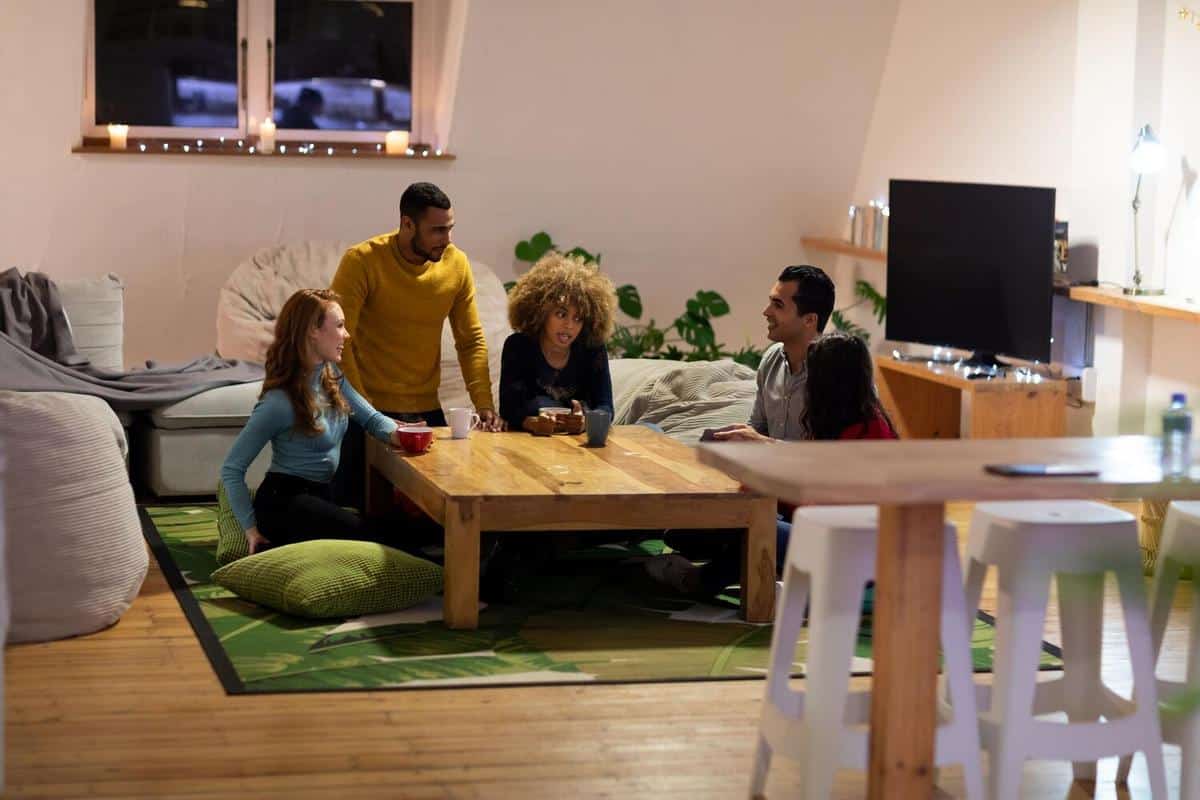
The Rise of Multi-Functional Spaces in Home Design
Amidst the evolving landscape of home design, multi-functional spaces have emerged as a compelling trend, reshaping how we perceive and utilize our living environments.
As our lives become more dynamic, the spaces we inhabit are adapting to meet diverse needs. Multi-functional spaces are gaining popularity, offering flexibility and efficiency in home design. This trend reflects a shift towards maximizing utility without compromising on aesthetics.
The Shift Toward Versatile Living
Multi-functional spaces are not just a trend; they are a response to the changing demands of modern life. According to a recent survey by a leading interior design magazine, 60% of homeowners are seeking more adaptable spaces. This shift is largely driven by the rise of remote work and the need for spaces that can serve multiple purposes without extensive renovations.
Expert Insights
Interior designer Lisa Canning notes, “The beauty of multi-functional spaces lies in their ability to transform seamlessly, accommodating various activities while maintaining a cohesive design.” This adaptability is crucial in urban settings where space is often at a premium.
Statistics and Research
| Year | Percentage of Homeowners Seeking Multi-functional Spaces |
|---|---|
| 2018 | 35% |
| 2019 | 42% |
| 2020 | 50% |
| 2021 | 55% |
| 2022 | 60% |
These figures highlight a steady increase in the desire for spaces that provide more than traditional functionality.
Personal Anecdotes
Consider the story of Mark, who transformed his small apartment into a versatile living area. By using a foldable desk and modular furniture, Mark created a home office that doubles as a dining space, exemplifying the practicality of multi-functional design.
Creating Your Multi-functional Space
Actionable Tips
- Invest in Modular Furniture: Opt for pieces that can be easily reconfigured or serve dual purposes, like a sofa bed or a convertible dining table.
- Embrace Open Floor Plans: Open layouts create a sense of spaciousness and allow for more flexibility in how a room is used.
- Use Room Dividers: Sliding panels or curtains can help define spaces without permanent changes, offering privacy when needed.
Benefits of Multi-functional Spaces
These spaces not only enhance functionality but also promote a minimalistic lifestyle by encouraging thoughtful use of space and resources. They are ideal for small homes or apartments where maximizing every square foot is essential.
FAQs
How do I start creating a multi-functional space?
Begin by assessing your needs and identifying areas where functionality can overlap, then choose adaptable furniture.
Are multi-functional spaces suitable for all types of homes?
Yes, they can be tailored to fit both small apartments and larger homes, providing benefits in any setting.
Conclusion
Incorporating multi-functional spaces into home design is not only practical but also enriching, offering versatility and style. As this trend continues to gain momentum, it encourages us to rethink how we interact with our environments, making homes more than just places to live, but spaces that adapt to our lifestyles. Consider starting your journey towards a more versatile home today, and explore further resources on interior design trends to inspire your transformation.